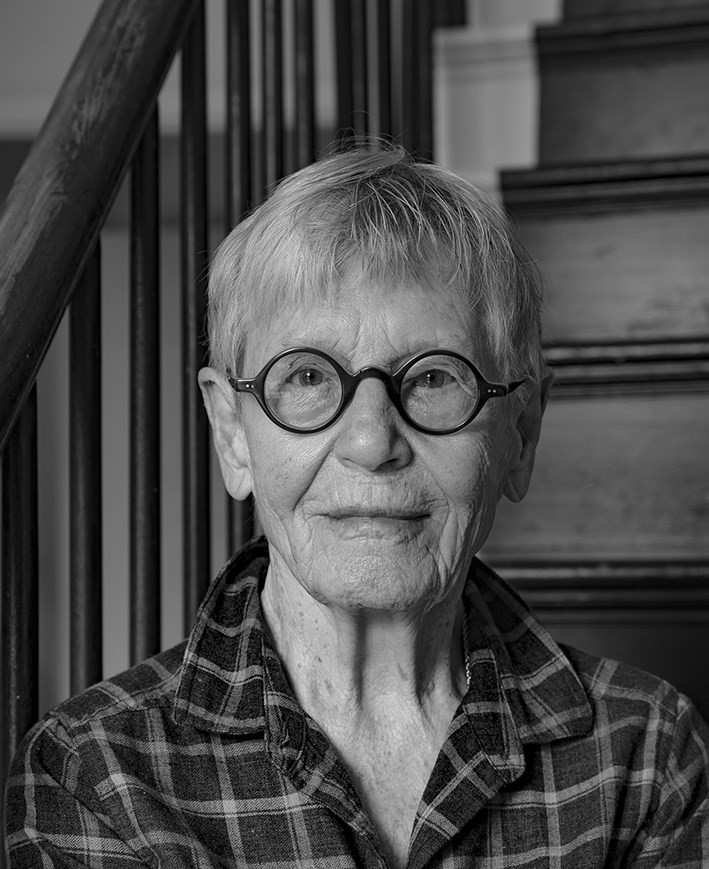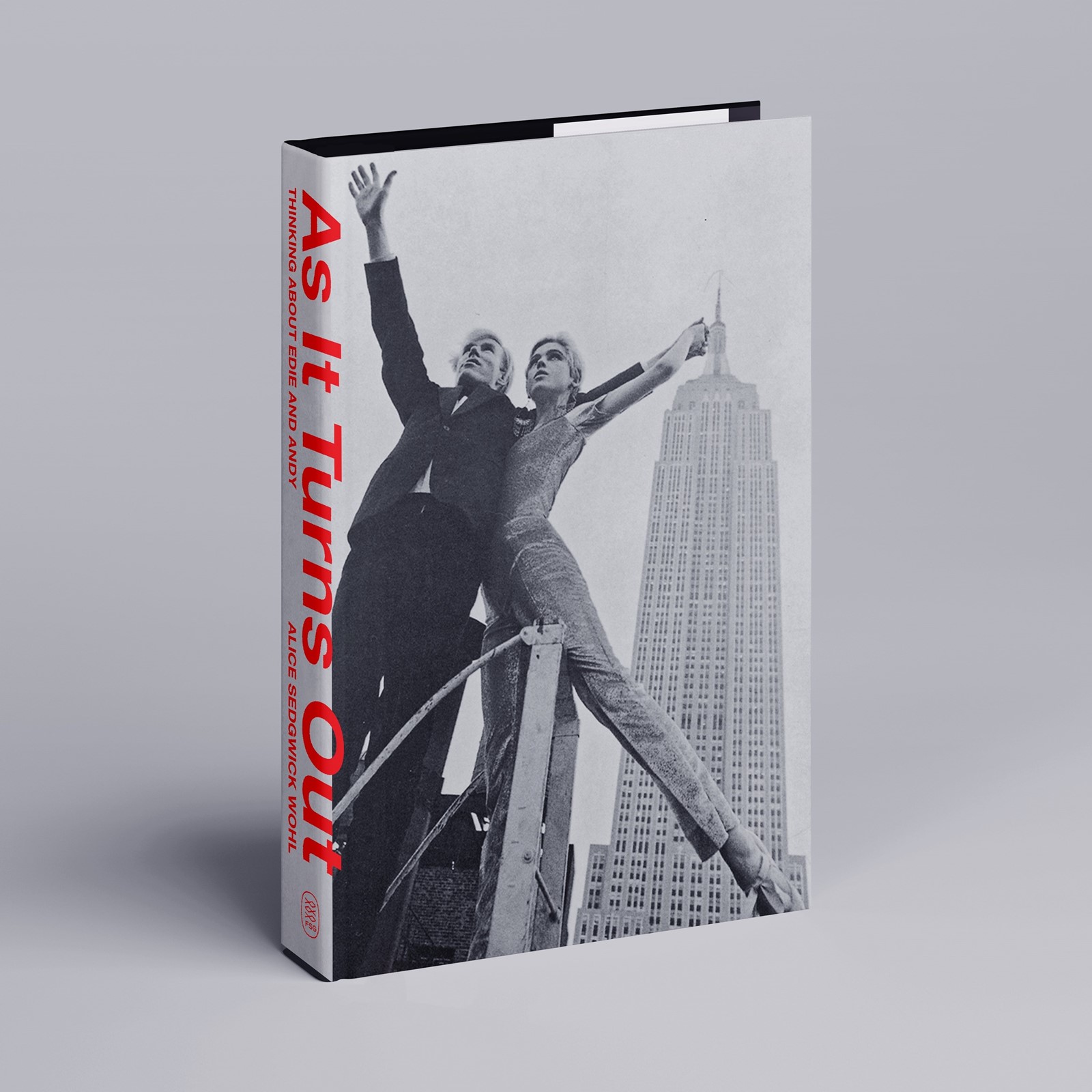Why are we all still so obsessed with Edie Sedgwick? The famed muse of Andy Warhol and 1960s ‘It’ girl, Sedgwick’s image has become synonymous with the effortless coolness of 60s New York. Her cropped haircut and panda eyes led a revolution in style and captured the attention of a fraught era in American history. But for so long she has simply been just an image, a mood-board-ready evocation of a different era. Who actually was Edie Sedgwick?
Alice Sedgwick Wohl, Edie’s older sister, has recently started asking herself that very question. To her, Edie was just her little sister, not this great icon of an era, someone who has inspired countless books and films. The sisters were always distant, they were polar opposites in almost every respect, but now decades after Edie’s death at 28, Alice has decided to try and work out how exactly her little sister managed to influence popular culture in such a great way.
As her book As It Turns Out: Thinking About Edie and Andy is published, AnOther spoke to Alice Sedgwick Wohl about her little sister, Edie Sedgwick.

Barry Pierce: What made you decide to finally write about your sister Edie, over 50 years after she died?
Alice Sedgwick Wohl: I can tell you exactly. I contributed to Jean Stein’s oral history called Edie Sedgwick: An American Biography [published in 1982] and, at the time, I really had no clue. I looked at the work of Andy Warhol – I’m an art historian – but I just didn’t get it. Visually, it’s not interesting. It’s interesting for some other reasons. I didn’t have eyes to see it, and I also didn’t have eyes to see Edie.
However, a couple of years ago, I happened to see a clip of Outer and Inner Space [Warhol’s 1966 short film starring Edie], and I saw with my eyes, finally, that there was something really extraordinary about Edie and that Warhol was a genius. Then, I had a pang of conscience. I spent all this time saying that Edie was a twit and she wasn’t. So I just simply transferred my thoughts to the page.
BP: What was it about Edie that you wrote her off for so many years?
ASW: Well, think [about] what was going on in the 60s. I had been working in the Black and Hispanic communities. I’m a left-wing liberal, still am. And along came these people, Edie and Andy, and people took their eyes off things. The march to Selma was a day or two before Edie met Warhol and my brother – who was a communist – and I were focused on that. But suddenly, overnight, the public began looking at Edie and Andy. And since I didn’t know what they represented, I couldn’t understand it. I was indignant, dismissive, but I was mistaken. And I tried to rectify that by writing this book.
“Edie was a narcissist and she just coincided with the development of consumer society. That turned everybody into a narcissist” – Alice Sedgwick Wohl
BP: It’s true, Edie and Andy seemed to live in a kind of blissful ignorance of the historic moment around them.
ASW: Edie was ignorant. Edie had no clue. She grew up essentially a wild child. She was raised in such isolation on our ranch in California for basically the first 19 years of her life. She didn’t get any education. She tried to go to boarding school twice but because she had bulimia, she couldn’t stay at boarding school. When she was 19 my parents were going to send her to Vienna to an aristocratic family to get ‘finished’ so to speak, but because she still had bulimia they took her back to America and then she went to two mental hospitals. Eventually, my parents sent her to Cambridge, Massachusetts. She’d never been away, she’d never been on her own, she had no idea of the world, no education, and suddenly, she was out there.
BP: With Edie, it feels like she was one of the first people who was famous for being famous. Not to be too mean, but she didn’t produce any work and she didn’t have any notable talent.
ASW: No, exactly. She was a narcissist and she just coincided with the development of consumer society. That turned everybody into a narcissist. And now with selfies and all that, even people who are not naturally narcissistic become somewhat narcissistic to the extent that they are aware of their image. I am not like that. I’m 91, I’m from a generation that just isn’t.
But Warhol, he was also a kind of wild child, because he grew up so very, very poor and the people around him, many of them didn’t speak English. The language they spoke was Ruthenian, a dead language. Then as a child he got St Vitus dance and his mother gave him movie magazines. He began cutting out images and sending away for pictures and that’s how he became image conscious. Edie wasn’t conscious, but he was.
“I looked at the work of Andy Warhol – I’m an art historian – but I just didn’t get it. Visually, it’s not interesting. It’s interesting for other reasons” – Alice Sedgwick Wohl
BP: Do you feel that Edie was, perhaps, just another one of Andy’s artworks?
ASW: I don’t think that she was an artwork but he did present her. The way I put it was: he was the intelligence and she was the face.
BP: How has it been living in the shadow of Edie’s image for all these decades?
ASW: I’m so different. If you took the world, picked it up, shook it and turned it upside down, you couldn’t find two more different people than Edie and I. I don’t encounter her image, I don’t read glossy magazines, I just live in a different world. I wouldn’t know anything about her world and she wouldn’t know anything about mine. Well, actually, I was in the dentist and I saw a cover of Vogue magazine from 2015 and it said on the cover “Happy birthday Edie Sedgwick”. That’s when I realised she was still famous – I hadn’t realised it.
BP: Do you ever regret not being closer to Edie?
ASW: No. No one was close to her. She was isolated. And that was something that interested me when I did my research, a lot of people described her as solitary. She didn’t have much conversation. She was a lot of fun, she was very kinetic. If you see her on film she’s just so alive. But the films were not what captured the public’s attention. What captured it was the way her and Andy behaved in public. The way Edie danced, the way she dressed.
I wrote the book in a kind of trance. But since I finished it, I’ve been thinking about her. The way I think of her now is like a tuber, or a big powerful seed, that’s got all its energy of what it might be or is going to be, it has potentiality, but unrealised and unformed.
As It Turns Out: Thinking About Edie and Andy by Alice Sedgwick Wohl is published by Fleet and is out now.
